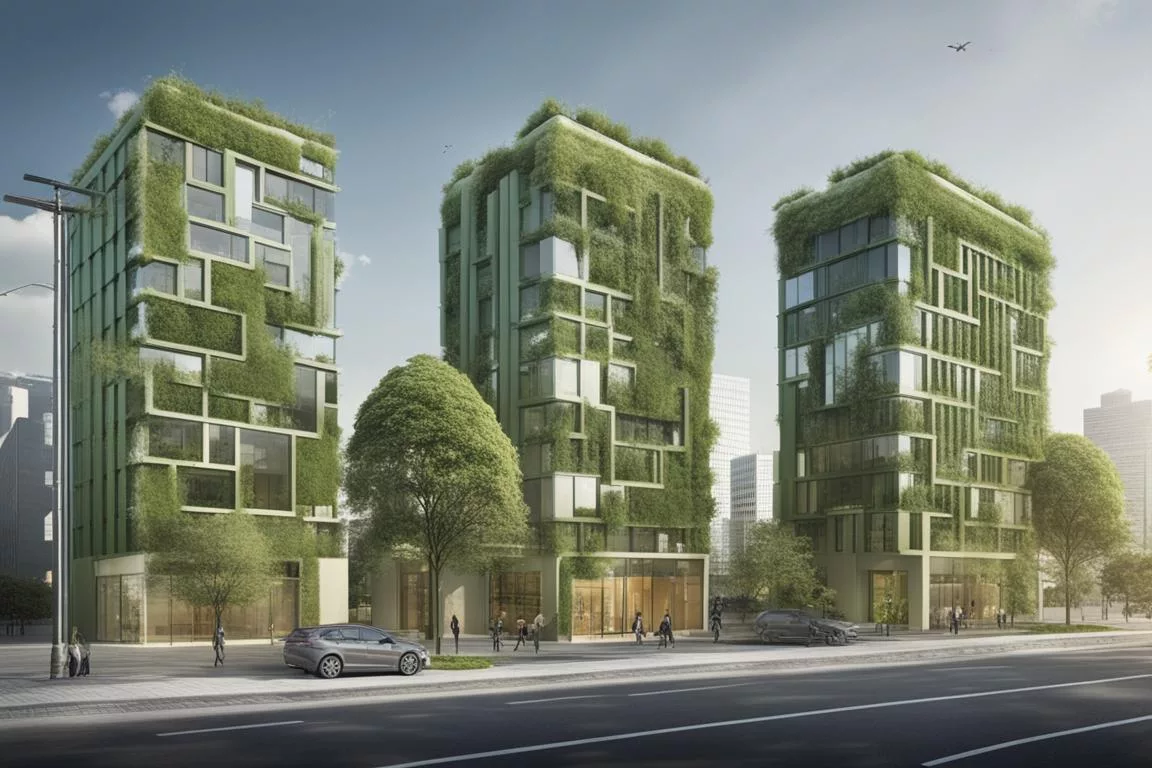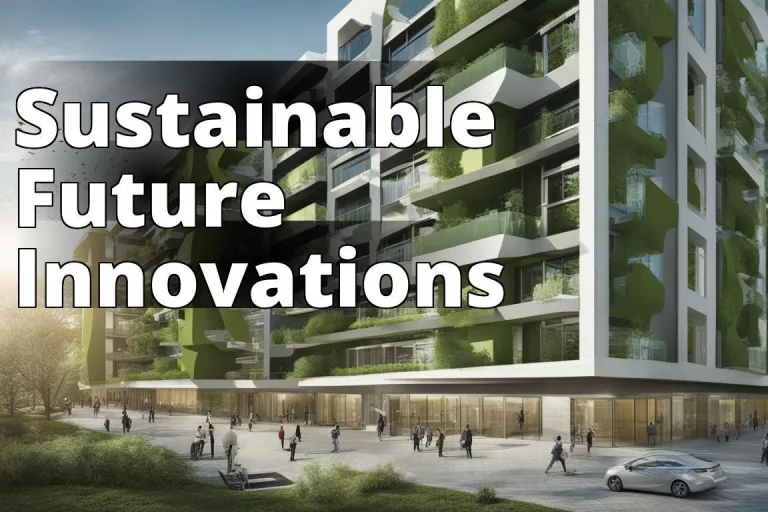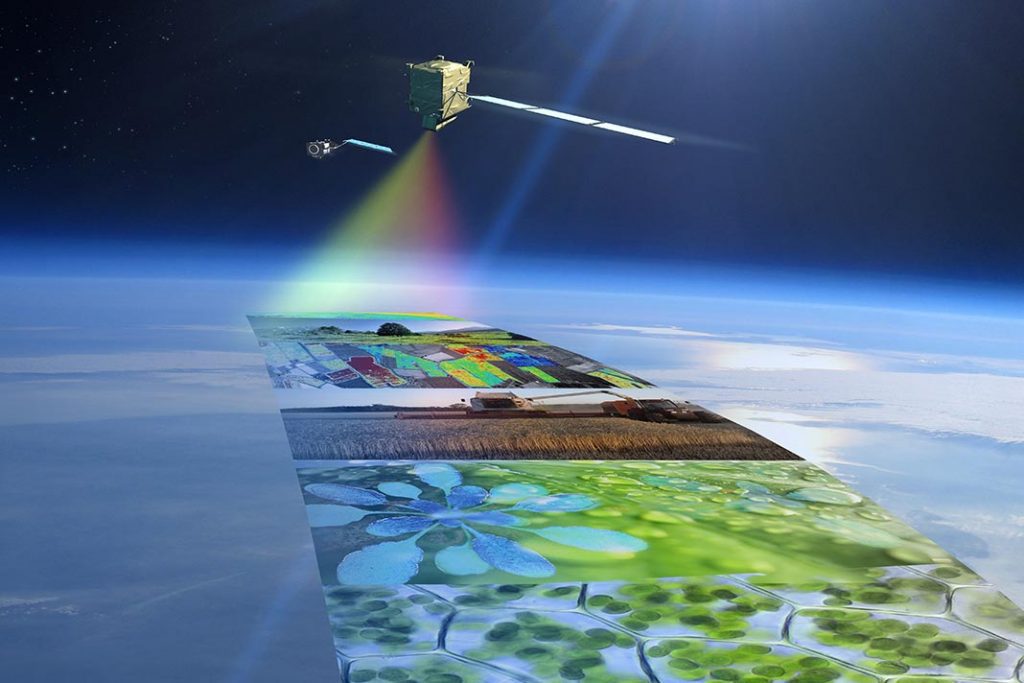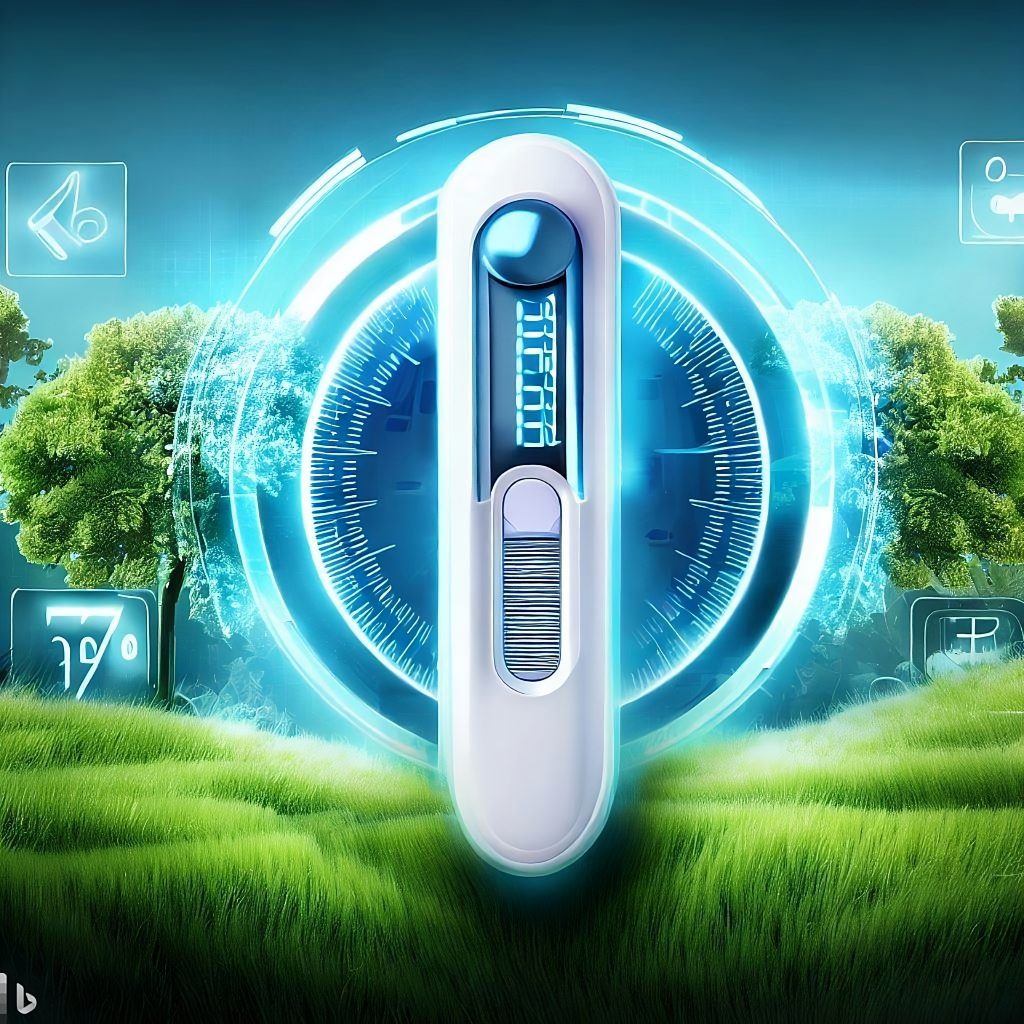Green building technology solutions are crucial for sustainable construction and climate change mitigation. How can these solutions be integrated to address the challenges of climate change and its impact on the environment?
Green building technology solutions are vital for sustainable construction and play a pivotal role in reducing carbon emissions and promoting environmental stewardship. Integrating innovative green building tech solutions has emerged as a transformative approach to mitigate environmental impact.
Latest Innovations in Green Building Technology
The latest trends and innovations in green building technology solutions encompass advancements such as green infrastructure, electrochromic glass, cool-roof systems, smart appliances, and zero-energy buildings, aiming to minimize the negative impact of buildings on the environment and enhance energy efficiency.
| Green Building Technology Solutions | Description |
|---|---|
| Green Infrastructure | Integration of natural elements into building designs to mitigate environmental impact |
| Electrochromic Glass | Glass with adjustable tint for controlling sunlight and heat penetration |
| Cool-Roof Systems | Roofing materials designed to reflect more sunlight and absorb less heat |
| Smart Appliances | Energy-efficient appliances with advanced monitoring and control features |
| Zero-Energy Buildings | Buildings designed to produce as much energy as they consume |
Green Infrastructure
Green infrastructure involves the strategic integration of natural elements, such as parks, gardens, and trees, into urban spaces to mitigate environmental impact. This approach offers a range of benefits, including the enhancement of biodiversity, promotion of ecological balance, and the creation of sustainable communities. By incorporating green spaces, water features, and other natural elements into building design, architects and designers can create visually interesting and attractive spaces that promote human health and well-being. Key components of green infrastructure include natural vegetation, water management systems, and innovative solutions for stormwater management. This approach not only enhances the aesthetics of a community but also provides practical benefits such as stormwater management, air and water purification, and habitat restoration. By tapping into the innate capabilities of natural elements, green infrastructure makes urban spaces more sustainable and environmentally friendly. The integration of green infrastructure is essential for building resilient, sustainable, and livable cities, offering a pathway to shaping the future of urban development in harmony with the environment.
Electrochromic Glass
Electrochromic glass is a cutting-edge glazing technology that offers significant benefits in reducing climate impacts and mitigating the effects of climate change. By allowing the automatic control of tint levels, electrochromic glass optimizes passive solar and daylighting, resulting in substantial energy savings for lighting systems. This technology also effectively manages solar heat gain, reducing the need for HVAC energy consumption, which leads to cost savings and environmental benefits. Additionally, electrochromic glass enhances occupant comfort by reducing glare and maintaining optimal light levels, thus positively influencing productivity levels. Furthermore, the implementation of electrochromic glass in buildings can lead to a drastic reduction in the carbon footprint associated with energy generation, as it reduces the reliance on artificial lighting and climate control systems. Moreover, electrochromic glass can help mitigate the urban heat island effect, which contributes to higher temperatures in cities, by reducing the need for excessive artificial cooling. Overall, the use of electrochromic glass in building design presents a sustainable and innovative solution for reducing energy consumption, lowering carbon emissions, and addressing the challenges of climate change.
Cool-Roof Systems
Cool roof systems are a vital technology in the fight against climate change. By reflecting solar radiation, these roofs reduce the heat absorbed by buildings, lowering local air temperatures and lessening the urban heat island effect. This, in turn, can slow the formation of smog and improve air quality in urban areas. Research has shown that the application of cool roof systems can reduce surface temperatures by up to 9°C and indoor temperatures by approximately 1–2°C, leading to significant energy savings and a decrease in the need for air conditioning. Furthermore, a study in the Greater Boston region indicated that cool roofs could reduce the overall number of heat-related deaths and lower the population-weighted temperature, thus mitigating the impacts of extreme heat. However, it’s important to consider the potential increase in energy costs in colder climates due to the annual heating penalty.
Smart Appliances
Smart appliances play a significant role in reducing climate impacts by promoting energy efficiency and reducing greenhouse gas emissions. These technologically advanced devices are designed to consume less energy without compromising performance, offering various benefits that make them a worthy investment[1]. By using sensors, microprocessors, and connectivity, smart appliances optimize their performance based on various factors, leading to energy savings and a reduction in greenhouse gas emissions. According to the U.S. Department of Energy, smart appliances can save up to 15% of energy consumption and reduce greenhouse gas emissions by 9%. This significant reduction in energy consumption directly contributes to combating climate change and its associated environmental impacts.
Zero-Energy Buildings
Zero-energy (or passive) buildings are at the forefront of sustainable construction, playing a pivotal role in reducing climate impacts and mitigating the effects of climate change. These innovative structures are designed to produce as much energy as they consume over a defined period, typically a year, through a combination of energy-efficient design and the integration of renewable energy sources such as solar panels, wind turbines, or geothermal systems. By significantly reducing their energy consumption through features such as high-performance insulation, efficient lighting and appliances, and passive solar design, these buildings minimize their environmental impact and contribute to a cleaner, more sustainable future. Furthermore, smart technology and automation, including building management systems that monitor and adjust energy use based on occupancy and weather patterns, play a crucial role in maintaining the net-zero energy status of these buildings. As the effects of climate change intensify, the importance of zero-energy buildings in mitigating the impact of buildings on global energy consumption and greenhouse gas emissions cannot be overstated[2]. Their ability to generate clean energy on-site reduces reliance on fossil fuels and contributes to climate change mitigation.

FAQs
What are green building tech solutions?
Green building tech solutions are technologies that promote sustainability and energy efficiency in construction and building operations.
Who can benefit from green building tech solutions?
Architects, developers, building owners, and communities can all benefit from implementing green building tech solutions to reduce environmental impact and save on energy costs.
How do green building tech solutions help fight climate change?
Green building tech solutions help fight climate change by reducing carbon emissions, conserving resources, and creating healthier indoor environments.
What if the initial cost of green building tech solutions is high?
Although the initial cost may be higher, the long-term savings on energy and maintenance costs often outweigh the initial investment in green building tech solutions.
How can green building tech solutions be integrated into existing buildings?
Green building tech solutions can be integrated into existing buildings through retrofits such as energy-efficient lighting, insulation upgrades, and smart building automation systems.
Who develops and implements green building tech solutions?
Engineers, technologists, and sustainability experts are at the forefront of developing and implementing green building tech solutions to address the challenges of climate change in the built environment.
Next Steps
Round Table Environmental Informatics (RTEI) is a consulting firm that helps our clients to leverage digital technologies for environmental analytics. We offer free consultations to discuss how we at RTEI can help you.


